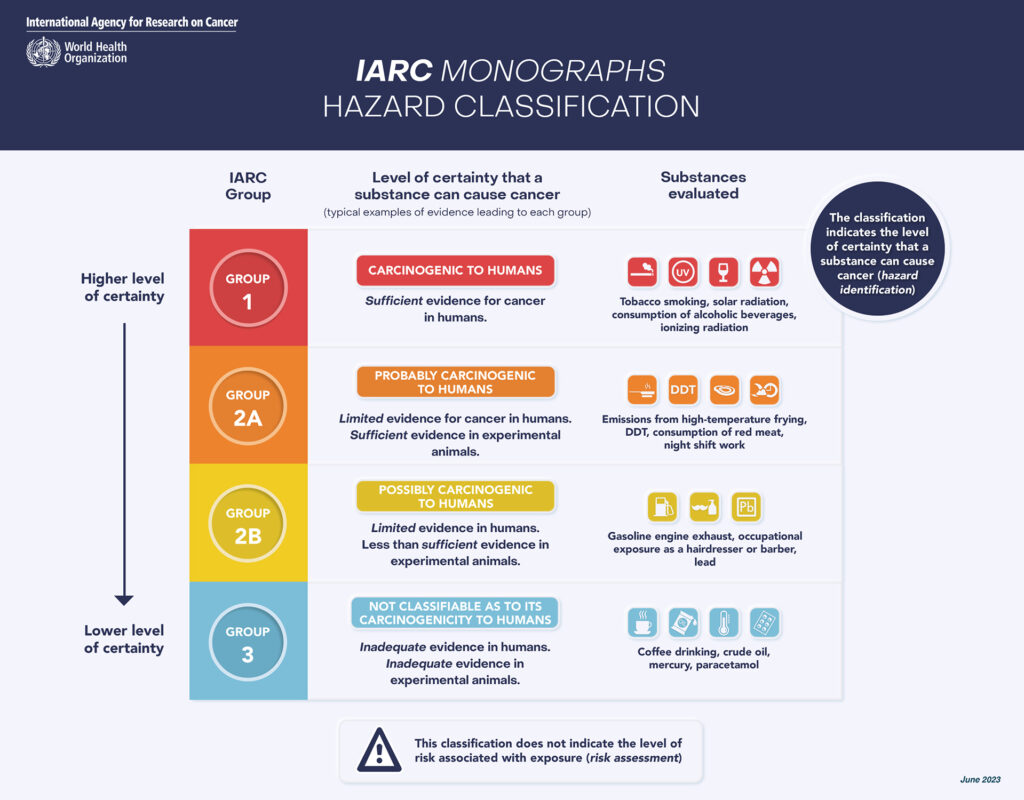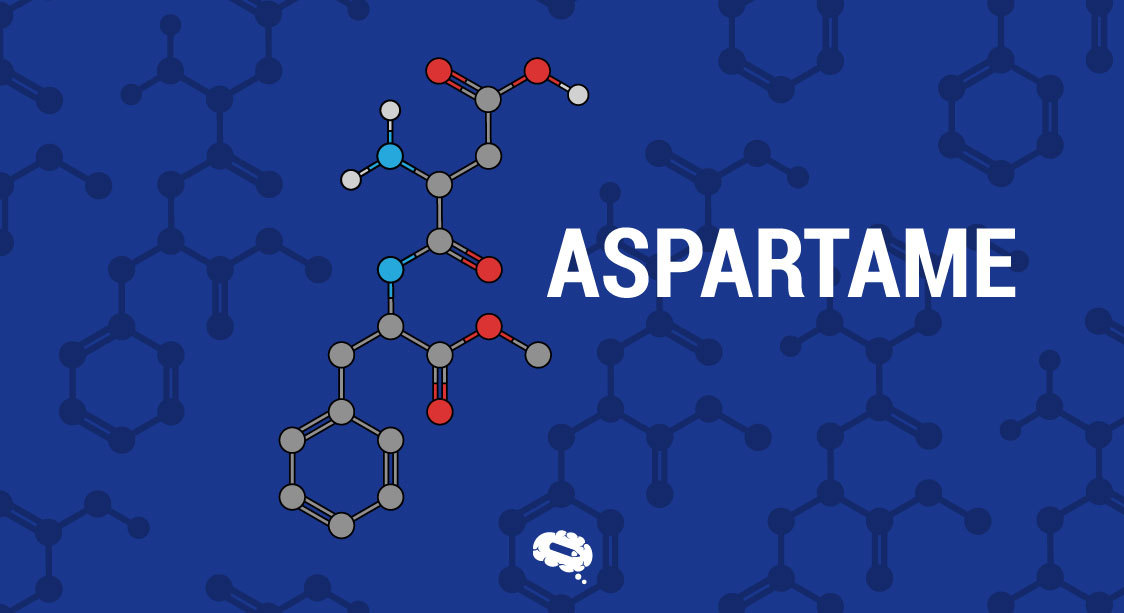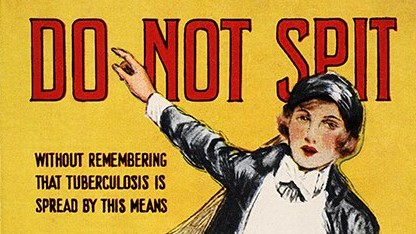Aspartame is an artificial sweetener used to add sweetness to a wide range of foods and beverages without the calories associated with sugar. This artificial sweetener, approximately 200 times sweeter than sugar, has found its way into countless products, from diet soft drinks to sugar-free desserts, offering the promise of sweet indulgence without guilt. However, beneath the surface of this crystalline powder lies a narrative of scientific discovery and innovation, serendipity, rigorous safety evaluations, and ongoing debates about its impact on our health. In this article, the history and safety of aspartame will be explored, as well as its multifaceted applications, and scrutinize its potential health implications.
History Of Aspartame
Discovery And Early Development
The story of aspartame begins in 1965 when a chemist named James M. Schlatter, working for the pharmaceutical company G.D. Searle & Company, accidentally discovered the compound. Schlatter was experimenting with various chemicals and licked his finger to pick up a piece of paper, which contained aspartame. He noted that the substance had a sweet taste. This accidental discovery led to the recognition of aspartame’s intense sweetness. Following the discovery, aspartame underwent extensive testing to evaluate its safety and taste. It was found to be significantly sweeter than sugar, with very few calories, making it an attractive option as a sugar substitute.
Regulatory Approvals And Initial Launch
After years of research and safety testing, aspartame was submitted to the U.S. Food and Drug Administration (FDA) for approval in 1974. However, concerns about its safety delayed the approval process. In 1981, the FDA finally approved the use of aspartame in dry foods, followed by approval for use in soft drinks in 1983. In 1981, aspartame was introduced to the market under the brand name “NutraSweet.” It quickly gained popularity as a sugar substitute in various products.
Global Expansion And New Applications
Aspartame’s approval by regulatory agencies like the U.S. Food and Drug Administration (FDA) paved the way for its integration into various products. The global food and beverage industry eagerly adopted aspartame as a sugar substitute. Aspartame’s popularity transcended national borders, making it one of the most widely used artificial sweeteners worldwide. This global expansion not only provided consumers with alternative options but also significantly impacted the food and beverage market.
Beyond its use in food and beverages, aspartame found applications in diverse industries, expanding its utility beyond the realm of sweetness:
Pharmaceuticals: Aspartame’s sweetness made it an attractive choice for masking the bitter taste of certain medications, improving patient compliance with drug regimens.
Nutraceuticals: It was integrated into nutraceutical products, offering a palatable way to deliver essential nutrients and supplements without added sugars.
Table-Top Sweetener: Aspartame became available in small packets as a table-top sweetener, allowing consumers to add it to their coffee, tea, or other beverages conveniently.
Cooking and Baking: Some individuals explored using aspartame in cooking and baking recipes to reduce sugar content while maintaining the desired level of sweetness.
Functional Foods: The concept of functional foods, which offer health benefits beyond basic nutrition, led to the incorporation of aspartame into various products, aligning with consumers’ growing interest in health-conscious choices.
The global expansion and new applications of aspartame demonstrated its versatility and market adaptability. Its impact extended well beyond the initial goal of providing a sugar alternative; it transformed the way industries approached sweetness and calorie reduction, ultimately influencing the choices available to consumers options in their diets.
Daily Intake Of Aspartame
Understanding your daily intake of aspartame and adhering to recommended intake levels is crucial for ensuring its safe consumption. As such, moderation and awareness of aspartame consumption are essential for making informed dietary choices. Individuals need to be mindful of their daily aspartame intake, as excessive consumption can have potential health implications.
Recommended Intake Levels
Recommended intake levels for aspartame are established by regulatory agencies such as the U.S. Food and Drug Administration (FDA) and the European Food Safety Authority (EFSA). These agencies set what is known as the “acceptable daily intake” (ADI) for aspartame, which represents the maximum amount of aspartame that is considered safe for regular consumption over a person’s lifetime.
The ADI for aspartame is typically expressed in milligrams per kilogram of body weight. For example, if the ADI is set at 40 milligrams per kilogram of body weight, a person weighing 70 kilograms (154 pounds) could safely consume up to 2,800 milligrams of aspartame daily without any adverse effects.
Effects Of Overdose And Underdose
Consuming aspartame in amounts significantly exceeding the recommended ADI is rare, but it can potentially lead to adverse effects in some individuals. Overconsumption of aspartame may result in symptoms like headaches, dizziness, gastrointestinal discomfort, and in very rare cases, more severe reactions in sensitive individuals. It’s important to stay within the established ADI to avoid such issues.
Conversely, underdosing on aspartame, or consuming amounts well below the ADI, does not pose any immediate health risks. However, it may not provide the desired level of sweetness in foods and beverages for those seeking to replace sugar with aspartame for calorie reduction or sugar control.
Effects On Body Weight
Aspartame has been the subject of extensive research regarding its impact on body weight. Its primary appeal lies in its ability to provide a sweet taste without adding calories, that is because aspartame contains four calories per gram, similar to sugar, but its high sweetness potency means that only a tiny amount is needed to match sugar’s sweetness level, making its calorie contribution negligible. This feature has made it a valuable tool for individuals looking to manage their weight or reduce their caloric intake.
Weight Gain And Loss Potential
The potential for aspartame to contribute to weight gain or weight loss largely depends on individual behaviors and dietary choices. Aspartame should not directly contribute to weight gain when used in place of sugar in foods and beverages. A study published on Frontier Nutrition has suggested that artificial sweeteners may aid in weight management by providing a sweet taste without the caloric load of sugar. This can potentially lead to reduced overall calorie intake, which is a fundamental aspect of weight control. However, it’s essential to note that aspartame alone is not a magic solution for weight loss. A balanced diet and regular physical activity are also crucial factors in achieving and maintaining a healthy weight.
Obesity Risk Reduction With Aspartame Use
Reducing the risk of obesity is a complex topic that involves multiple factors, including diet, physical activity, genetics, and lifestyle. Aspartame can play a role in this effort by offering a sweet taste without adding many calories.
For individuals trying to reduce their sugar intake and control their calorie consumption, replacing sugary beverages and foods with aspartame-sweetened alternatives can be a helpful strategy. This substitution may lead to a reduction in overall calorie intake, potentially contributing to weight management and a decreased risk of obesity when part of a balanced diet.
Low-Calorie Sweeteners Vs. Sugar Substitutes
In the quest for calorie-conscious diets, many individuals turn to alternatives to traditional sugar. Two commonly used categories of sugar alternatives are low-calorie sweeteners and sugar substitutes. While they share the objective of reducing sugar intake, these terms have distinct meanings and applications.
Low-Calorie Sweeteners
Low-calorie sweeteners, also known as artificial sweeteners or sugar substitutes, are compounds specifically designed to replicate the taste of sugar while providing little to no calories.
The most common low-calorie sweeteners include aspartame, saccharin, sucralose, and cyclamate. Each of these sweeteners has its unique properties, including sweetness intensity and stability under various conditions.
Low-calorie sweeteners can be beneficial for weight management and blood sugar control, as they allow individuals to enjoy sweet-tasting foods and drinks with fewer calories and less impact on blood glucose levels.
Sugar Substitutes
Sugar substitutes, on the other hand, are a broader category of sweeteners that can include both natural and artificial alternatives to sugar. Unlike low-calorie sweeteners, sugar substitutes may not necessarily be low in calories.
Sugar substitutes contain a wide range of options, including natural alternatives like honey, agave nectar, and maple syrup, as well as artificial sweeteners such as aspartame, saccharin, and sucralose.
Sugar substitutes are used for various purposes, from adding sweetness to enhancing flavor and texture in recipes. While natural sugar substitutes may provide some additional nutrients, artificial sugar substitutes are primarily used for calorie reduction and sweetness without sugar.
The benefits of sugar substitutes depend on the type chosen. Natural sugar substitutes may offer certain vitamins and minerals, but they still contain calories. Artificial sugar substitutes provide sweetness with fewer calories, making them suitable for calorie-conscious diets.
Comparisons Between the Two Types of Sweeteners
| Aspect | Low-Calorie Sweetness | Sugar Substitutes |
|---|---|---|
| Caloric Content | Minimal to no calories | Variable (some may have calories) |
| Primary Purpose | Calorie reduction, Sweetness | Sweetening, flavor enhancement, texture improvement |
| Types | Aspartame, saccharin, sucralose, cyclamate, etc. | Natural (honey, agave, maple syrup), artificial (aspartame, saccharin, sucralose, etc.) |
| Usage | Diet soft drinks, sugar-free desserts, snacks, etc. | Recipes, baking, beverages, tabletop sweetness, etc. |
| Benefits | Calorie reduction, blood sugar control | Diverse flavor options, texture enhancement, and some natural sweeteners offer nutrients |
| Examples | Aspartame, sucralose | Honey, agave nectar, stevia, aspartame, saccharin, etc. |
| Considerations | Designed for minimal calories, strong sweetness | A wider range of options, some may contain calories, natural sources offer nutrients |
Cancer Risk Associated With Aspartame Consumption
The International Agency for Research on Cancer (IARC) and the World Health Organization (WHO) in conjunction with the Food and Agriculture Organization (FAO) and Joint Expert Committee on Food Additives (JECFA) have released assessments regarding the health impacts of the artificial sweetener aspartame.
IARC classified aspartame as “possibly carcinogenic to humans” (Group 2B) due to limited evidence for cancer in humans, particularly hepatocellular carcinoma, a type of liver cancer. Limited evidence was also found for cancer in experimental animals, along with limited evidence related to potential mechanisms for causing cancer.
IARC Monographs HAZARDS Classification:

JECFA, on the other hand, reaffirmed the established acceptable daily intake (ADI) of 0–40 mg/kg body weight for aspartame, indicating that it is safe for daily consumption within these limits. For example, an adult weighing 70 kg would need to consume more than 9–14 cans of diet soft drinks per day to exceed the ADI, assuming no other intake from other food sources.
Both evaluations noted limitations in the available evidence for cancer and other health effects related to aspartame consumption.
Studies Examining Cancer Risk In Humans And Animals
It’s important to note that IARC’s classification identifies specific properties of an agent and its potential to cause harm, such as cancer. It does not directly reflect the risk of developing cancer at a given exposure level. The strength-of-evidence classification in Group 2B is the third highest out of 4 levels, indicating limited but not convincing evidence for cancer in humans or convincing evidence for cancer in experimental animals, but not both.
JECFA’s risk assessments focus on the probability of harm, like cancer, occurring under certain conditions and levels of exposure. In this case, JECFA considered the evidence on cancer risk in both animal and human studies and concluded that the evidence of an association between aspartame consumption and cancer in humans is not convincing.
Both organizations emphasize the need for further research to refine our understanding of whether aspartame poses a carcinogenic hazard. They encourage more studies with longer follow-ups, repeated dietary questionnaires, randomized controlled trials, and investigations into mechanistic pathways related to insulin regulation, metabolic syndrome, and diabetes.
The assessments were based on a wide range of scientific data, including peer-reviewed papers, governmental reports, and regulatory studies, and they underwent rigorous review by independent experts to ensure their reliability and independence. IARC and WHO will continue to monitor new evidence and promote further research on the potential health effects of aspartame.
Safety Assessments By Health Canada & Other Regulatory Agencies
In Canada, strict regulatory controls, governed by the Food and Drugs Act and Regulations, govern food additives like aspartame. Manufacturers must submit comprehensive food additive submissions, including safety test results and information regarding the additive’s utility before any food additive is allowed for use.
Health Canada conducted a thorough evaluation of aspartame’s safety, reviewing extensive toxicological tests in laboratory animals and clinical studies in humans. These assessments have consistently shown that when consumed following Food and Drug Regulations and as part of a balanced diet, foods containing aspartame pose no health risks to consumers.
Numerous scientific advisory bodies, including the Scientific Committee for Food of the European Community and the Joint Expert Committee on Food Additives (JECFA) of the United Nations Food and Agriculture Organization and World Health Organization, have also reviewed safety studies and affirmed aspartame’s safety.
While aspartame is generally safe for most individuals, it’s important to note that excessive phenylalanine intake, one of aspartame’s amino acid constituents, can be hazardous for individuals with phenylketonuria, an inherited metabolic disorder. Therefore, all aspartame-sweetened foods include a prominent statement indicating that they contain phenylalanine.
Regarding recent assessments by the WHO’s International Agency for Research on Cancer (IARC) and JECFA, Health Canada is carefully reviewing their findings. Depending on the full reports and Canadian-specific information, Health Canada may take action to further regulate aspartame. Potential actions could include reducing maximum usage levels, restricting its use in certain foods, or discontinuing its use as a food additive, all to safeguard the health of Canadians.
To learn more about aspartame and other sweeteners in food, access the FDA website.
Over 75,000 Accurate Scientific Figures To Boost Your Impact
Mind the Graph platform empowers scientists by providing access to a vast repository of over 75,000 scientifically accurate figures, offering a robust resource to enhance their research and scientific communication efforts. With this extensive collection of visuals and illustrations at their fingertips, scientists can significantly elevate the impact of their work, effectively conveying complex ideas and data to peers, students, and the broader public. This invaluable resource not only simplifies the process of creating engaging visuals but also ensures scientific accuracy, making it an indispensable tool for researchers across various disciplines striving to effectively communicate their findings and advance scientific knowledge.

Subscribe to our newsletter
Exclusive high quality content about effective visual
communication in science.





